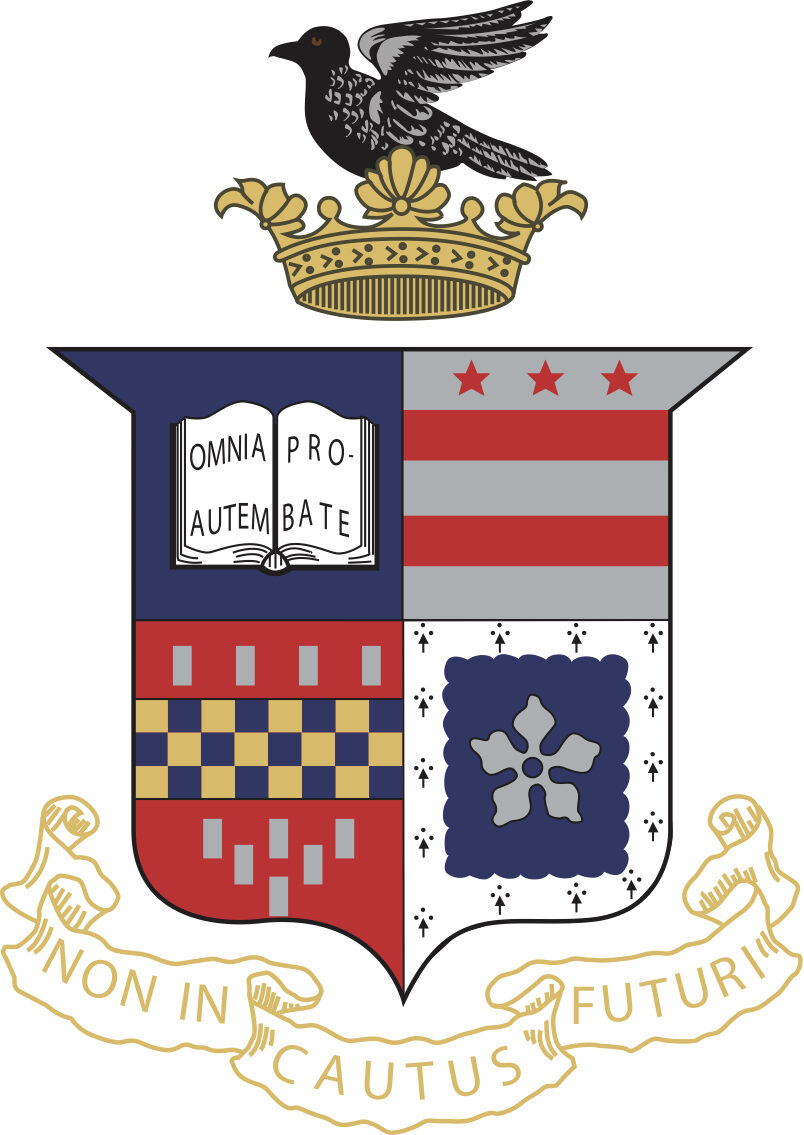Since the late twentieth century, federal and state jurisdictions across the United States have explored the use of Alternative Dispute Resolution (“ADR”) programs to resolve legal disputes. ADR programs provide extrajudicial mechanisms through which parties can resolve their disputes without the delay and expense of a traditional judicial proceeding. Courts and practitioners alike have lauded ADR programs. For litigators, ADR programs are a way to deliver outcomes to clients quickly and efficiently. For courts, ADR programs are a way to remove cases from overcrowded dockets.
While ADR is generally considered to be speedier and more cost-efficient than a trial, little empirical research has been done to determine which sorts of ADR programs deliver the greatest returns. An examination of the last four decades of ADR programs in Delaware Superior Court may provide just this insight.
Since 1978, the Delaware judiciary has enacted, repealed, and amended three similar, but distinct, iterations of an ADR program in Delaware Superior Court. Because all three iterations were enacted in the same court system, the Delaware ADR program is a microcosm in which different characteristics of ADR programs may be compared against each other. This objective comparison reveals which iteration of the ADR program has proven most efficient for Delaware, and may provide valuable insights for legislators and rule-makers who seek to design efficient ADR programs in jurisdictions across the United States.
